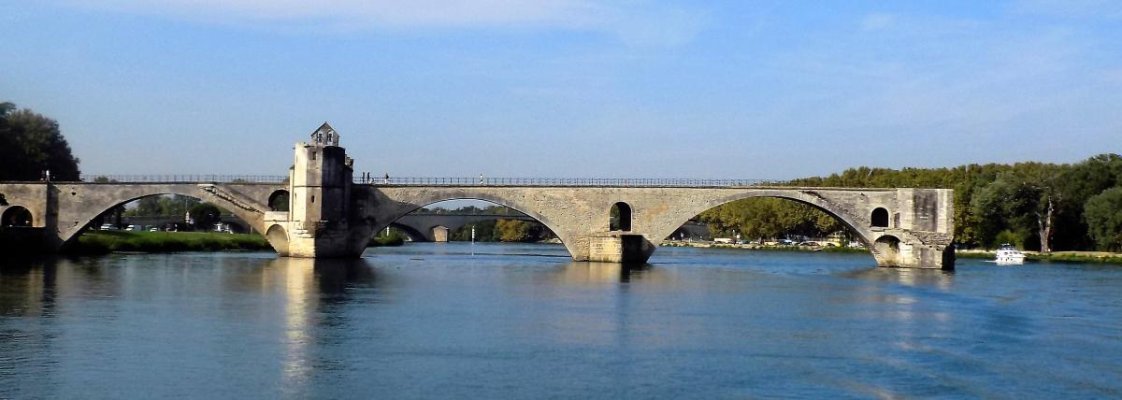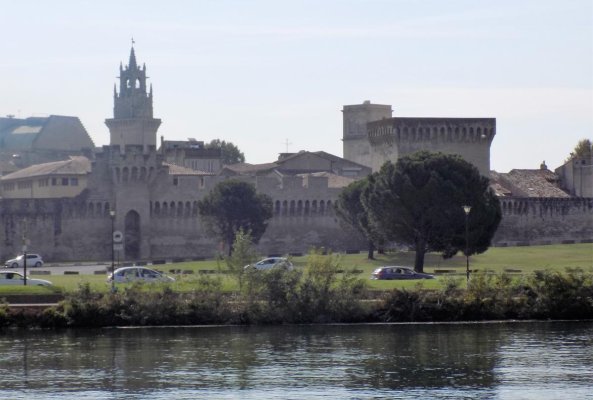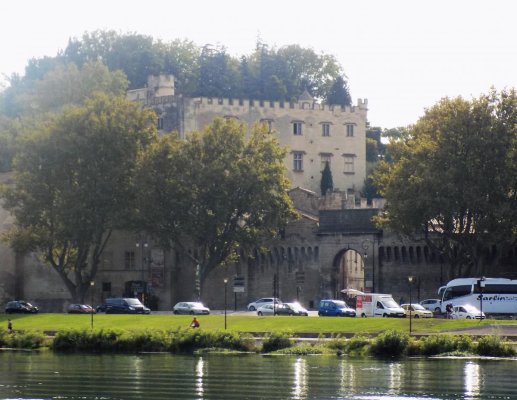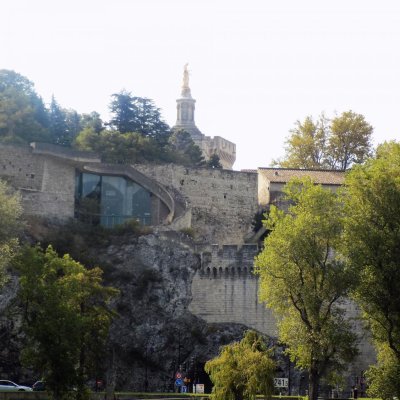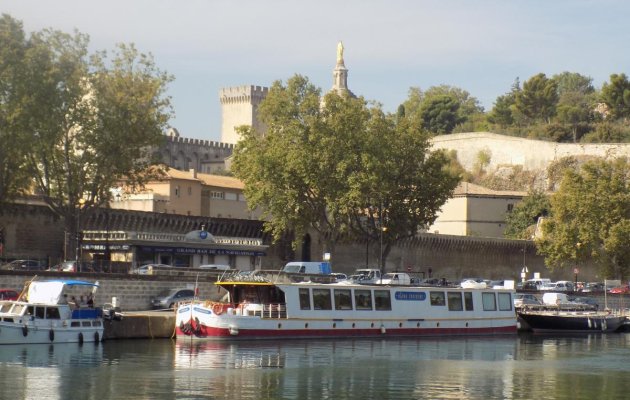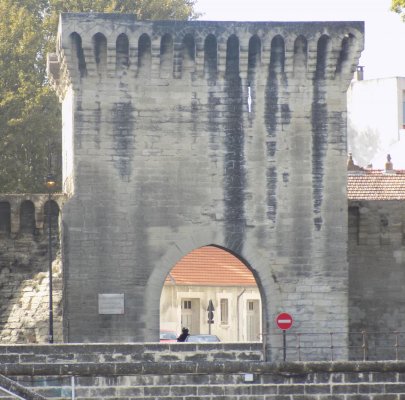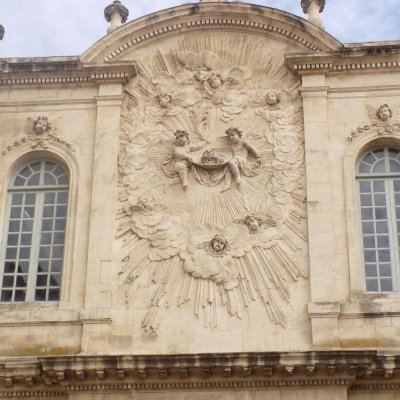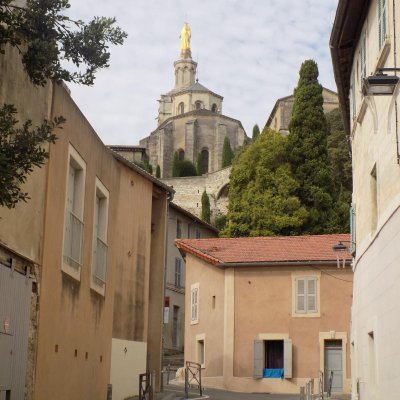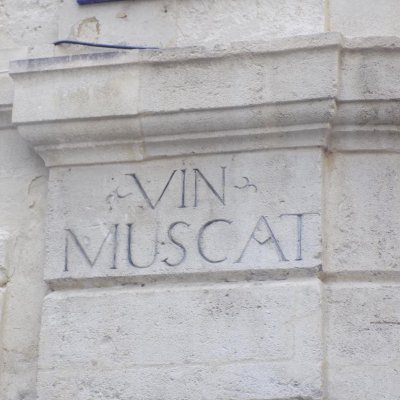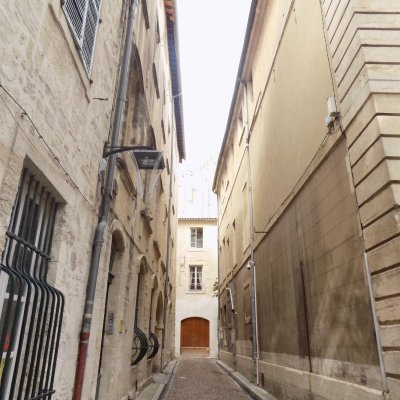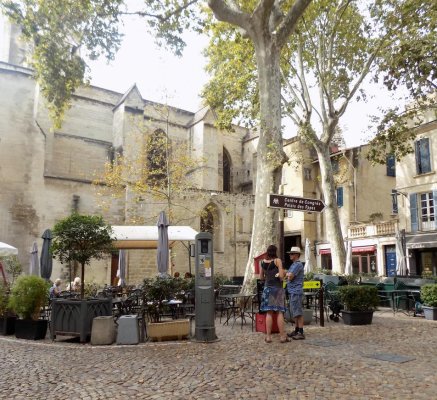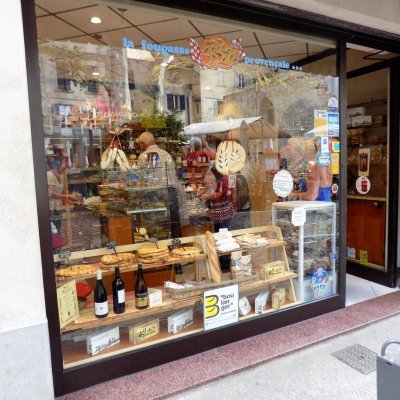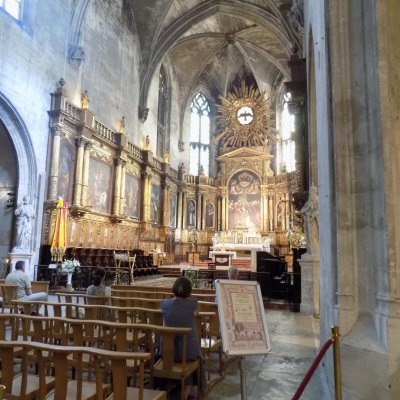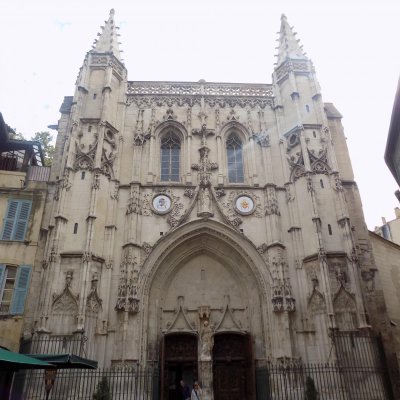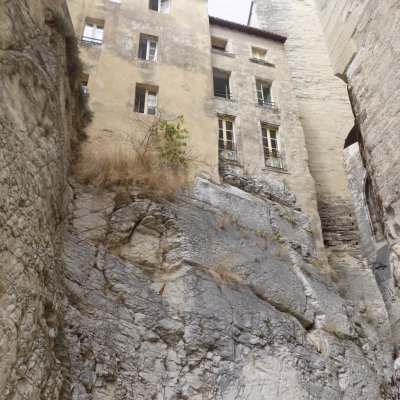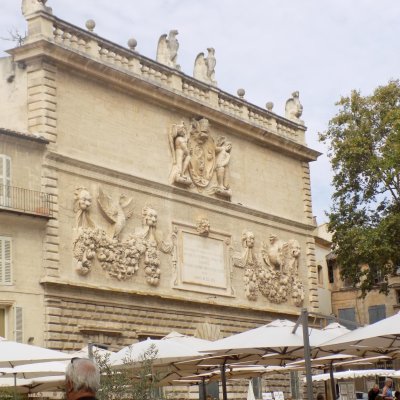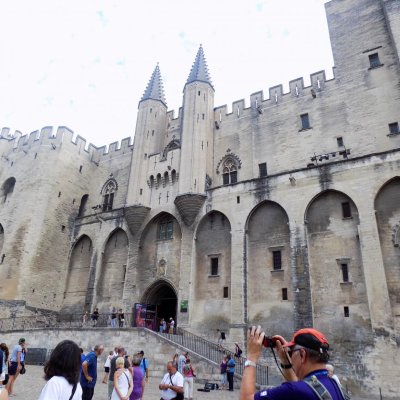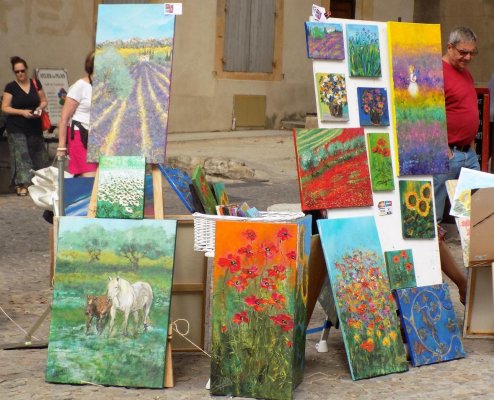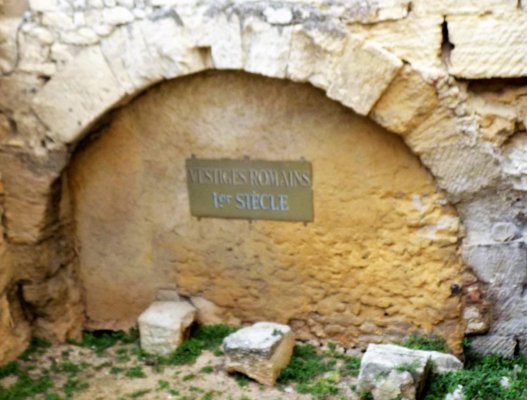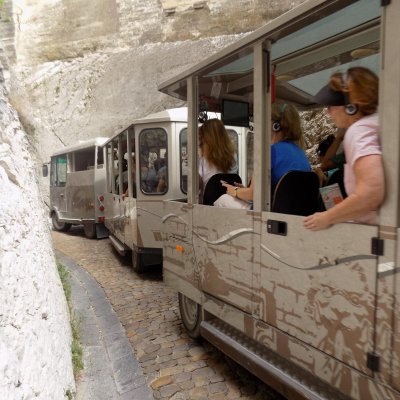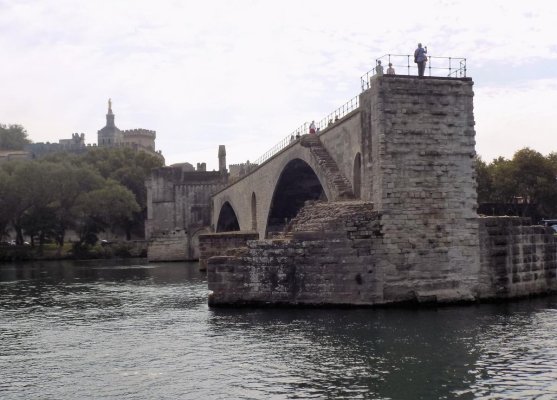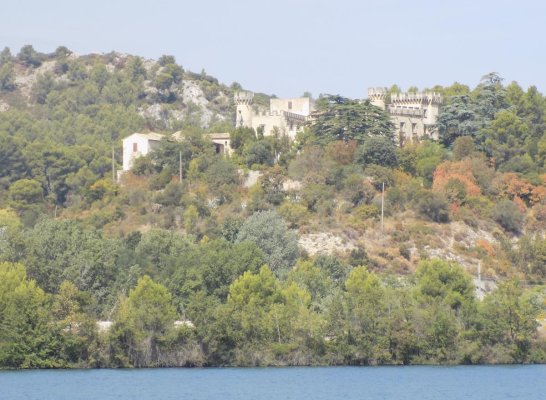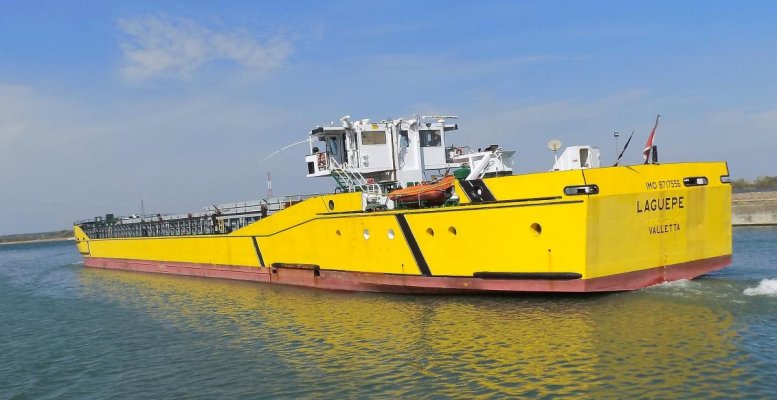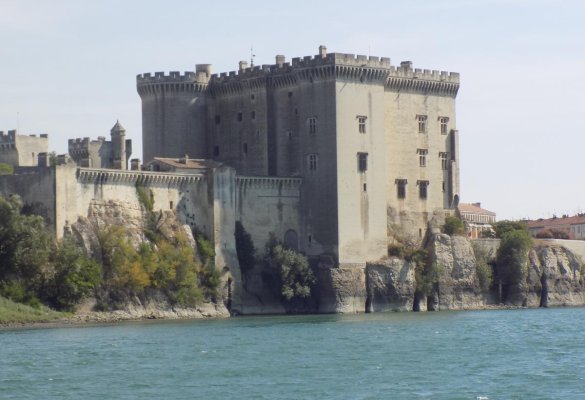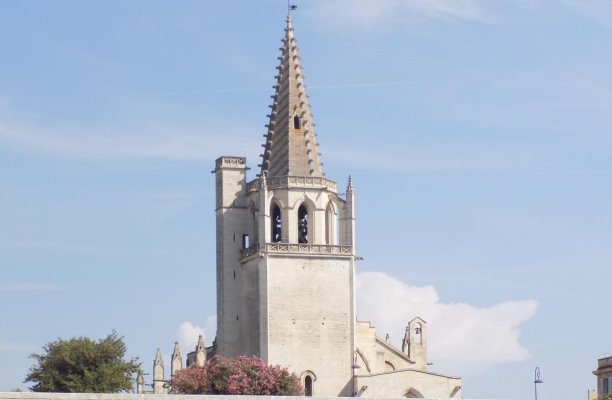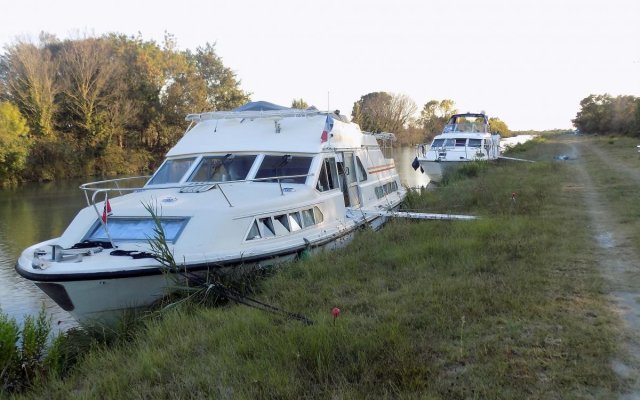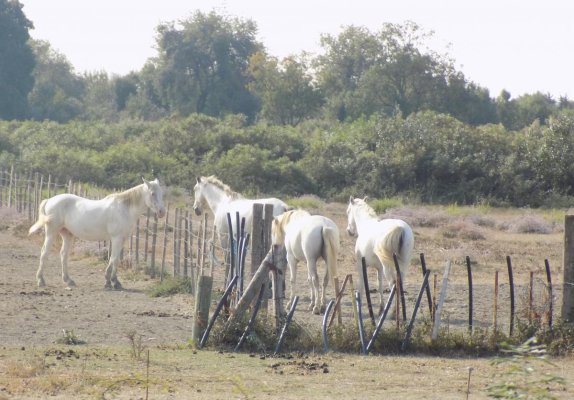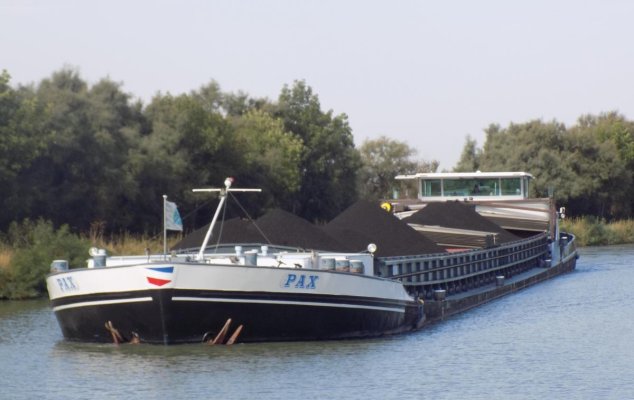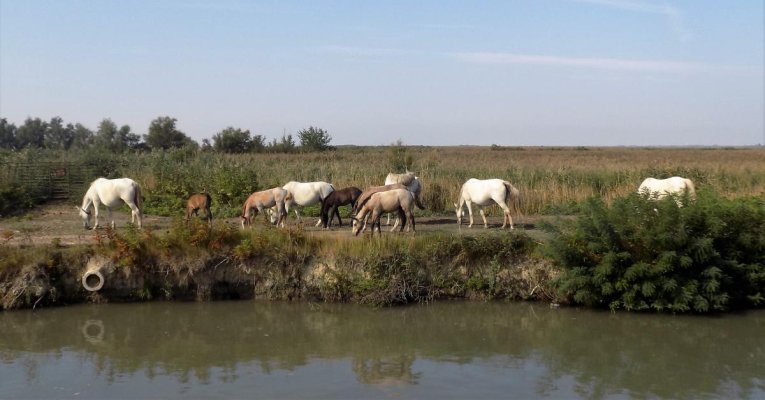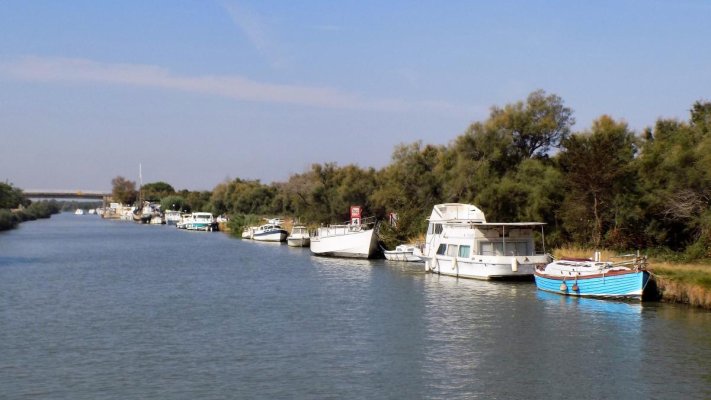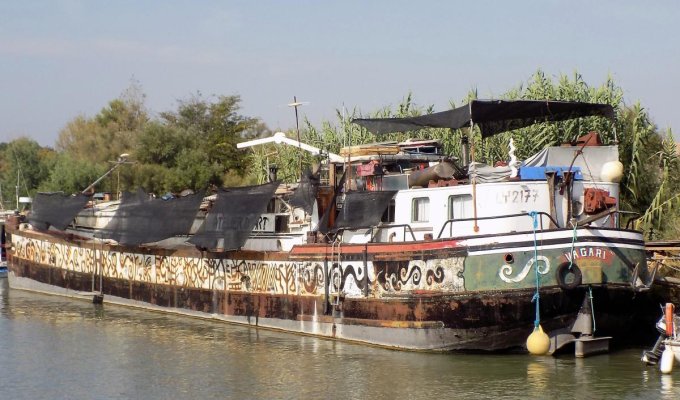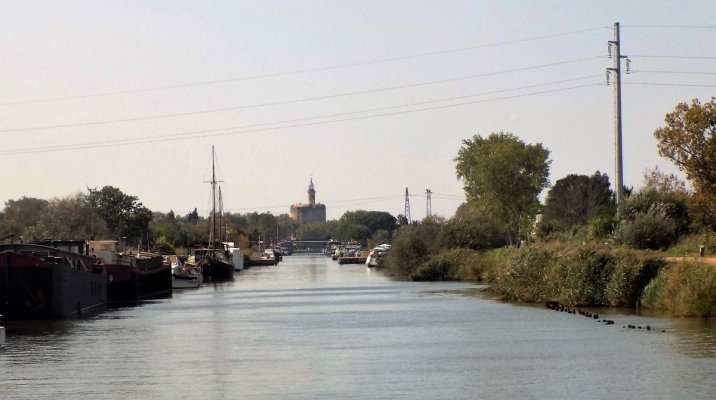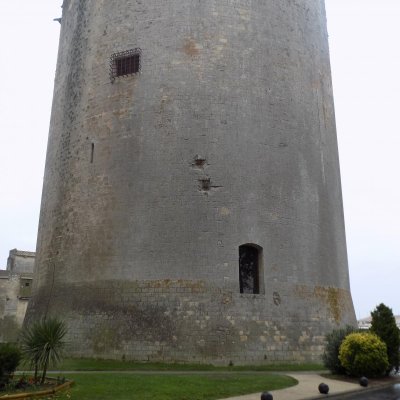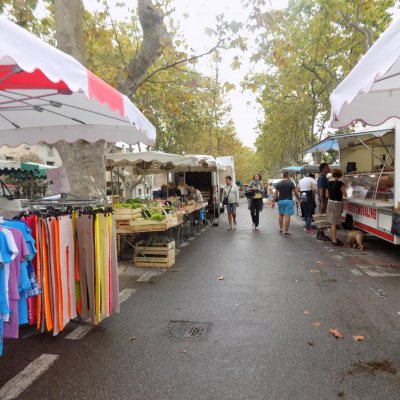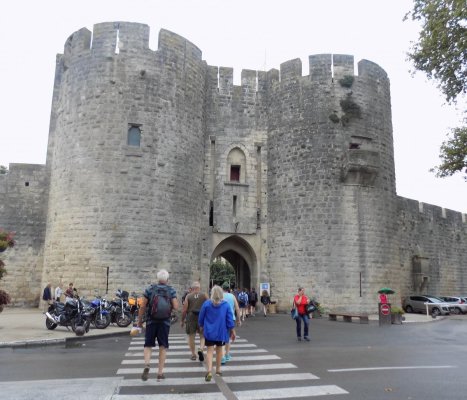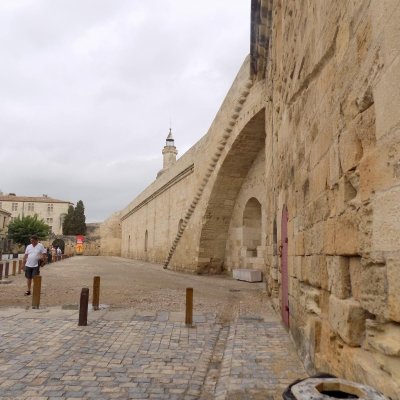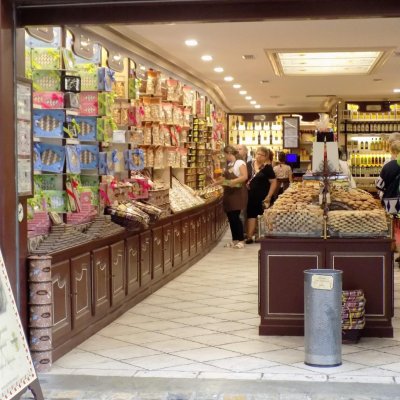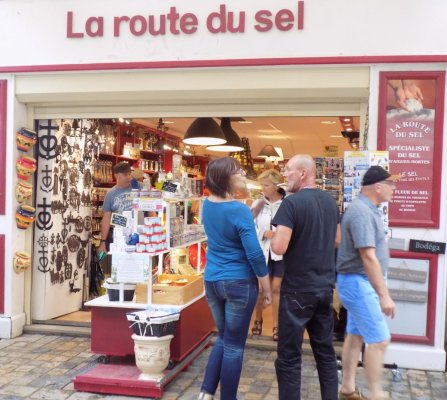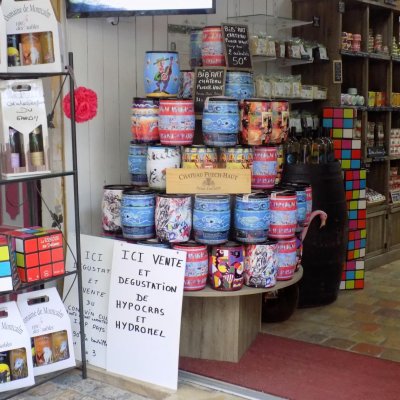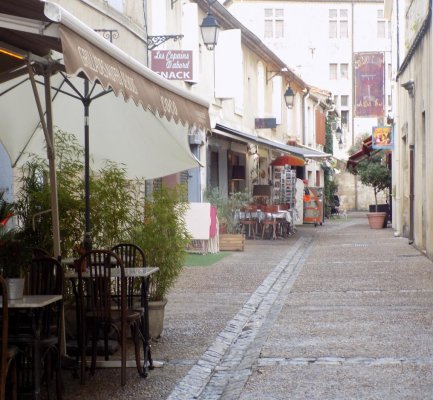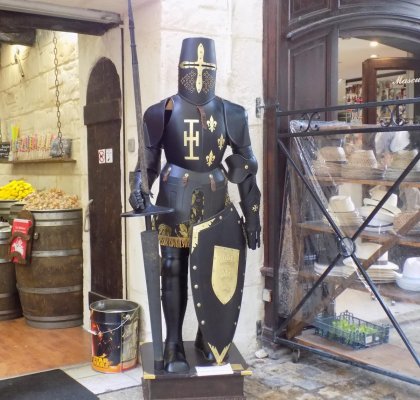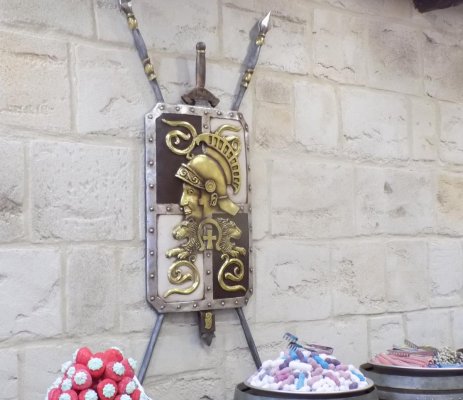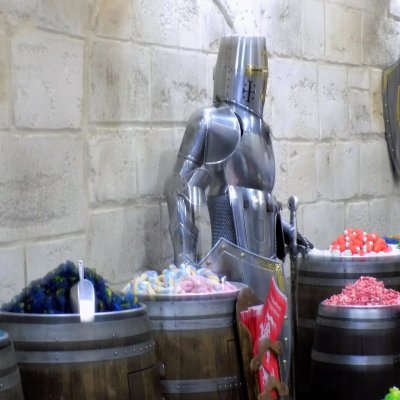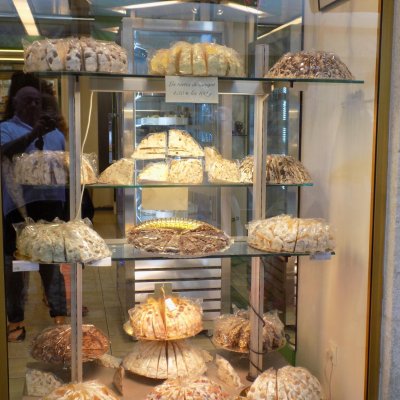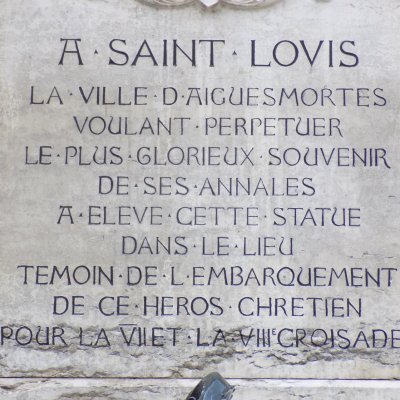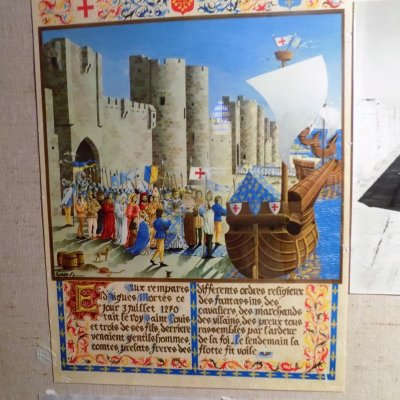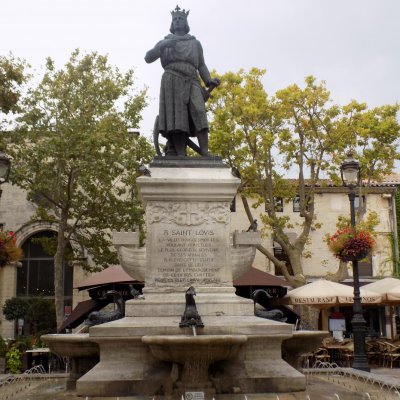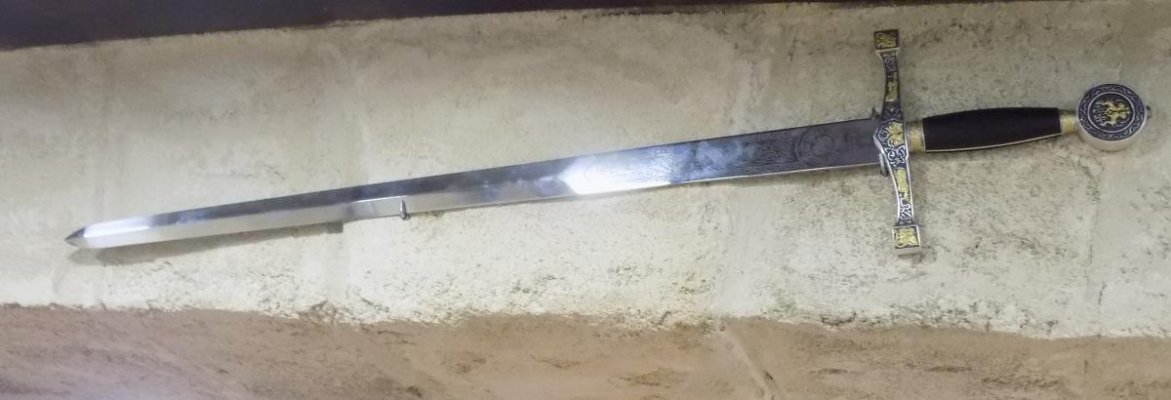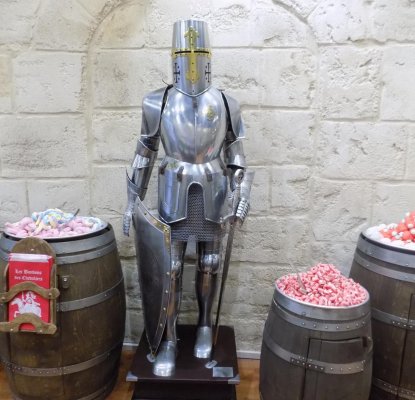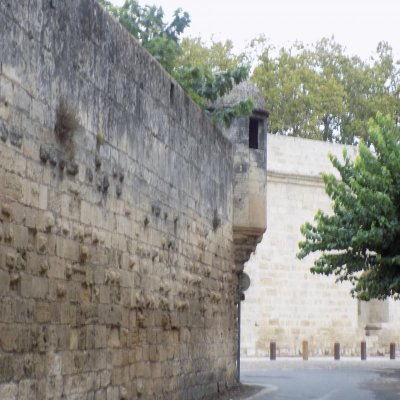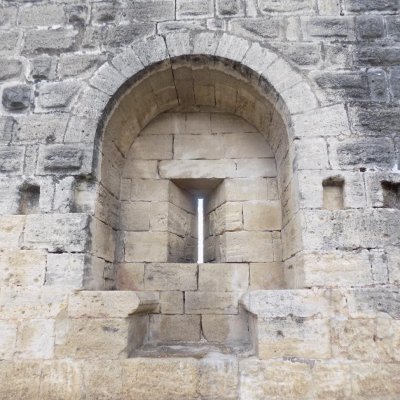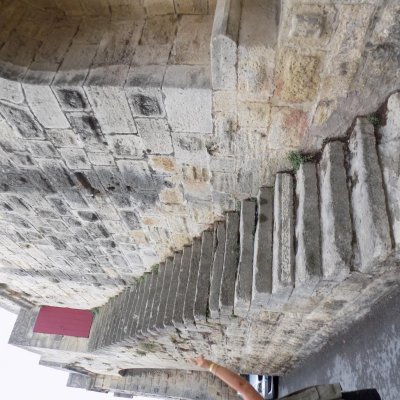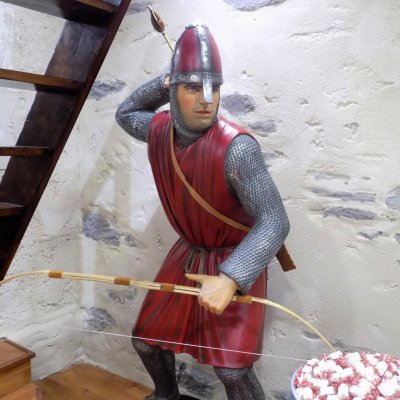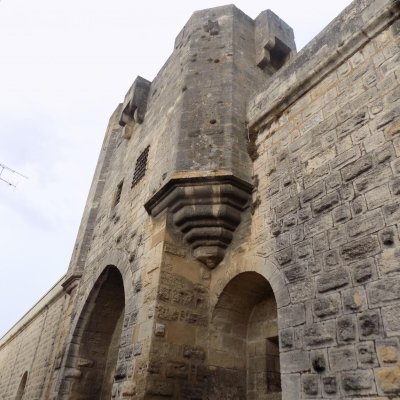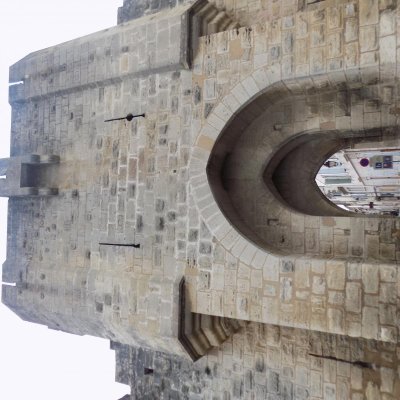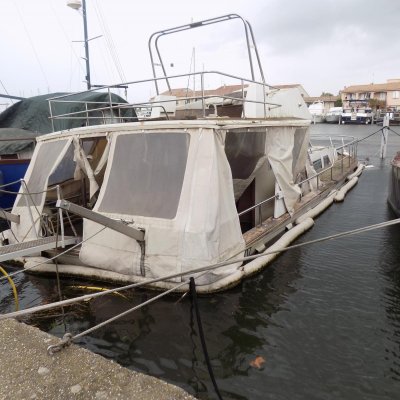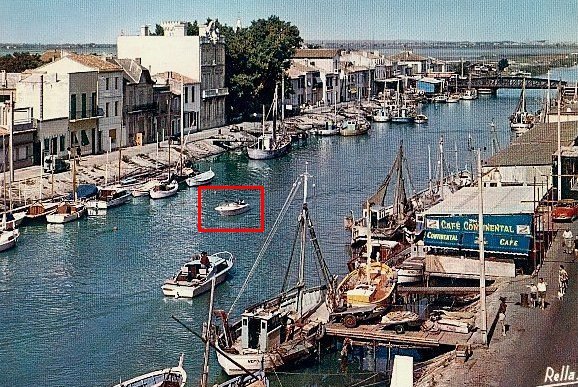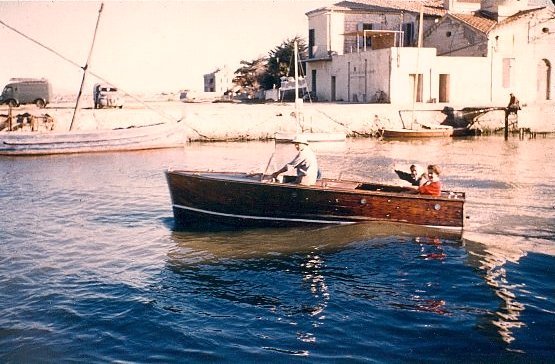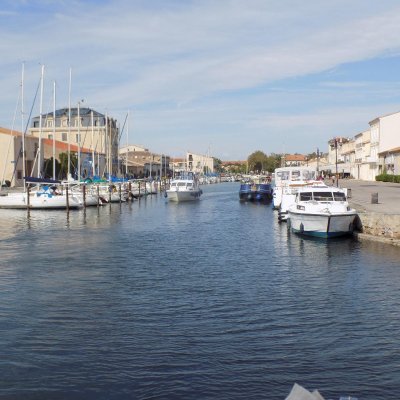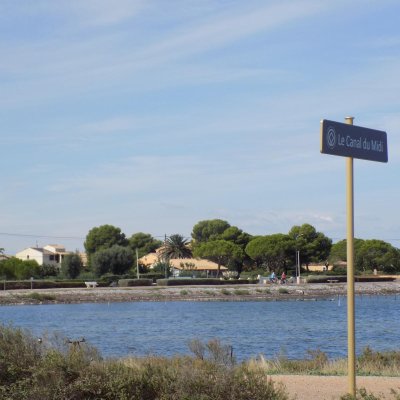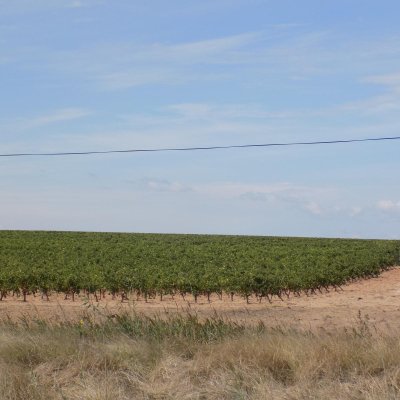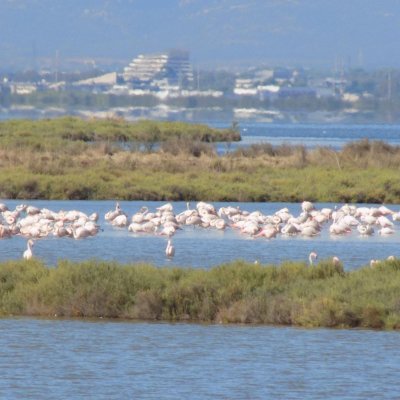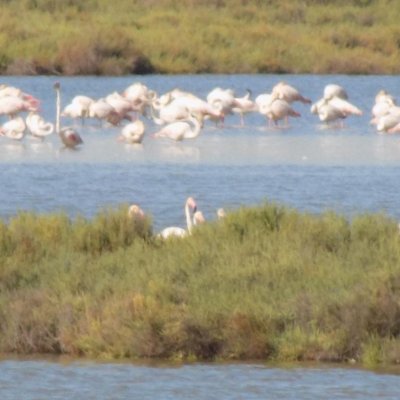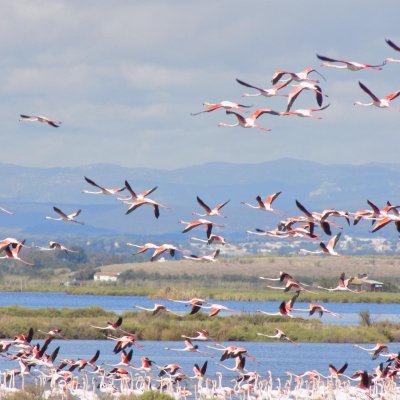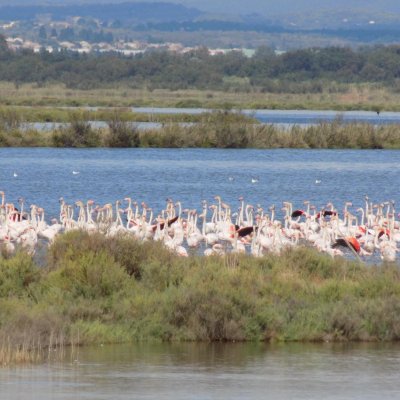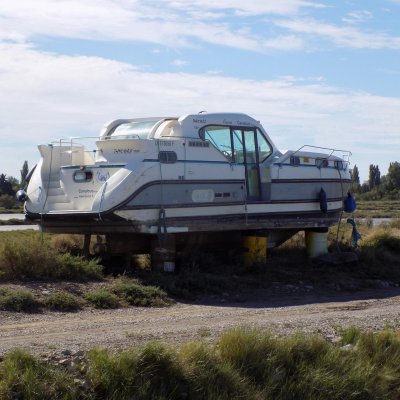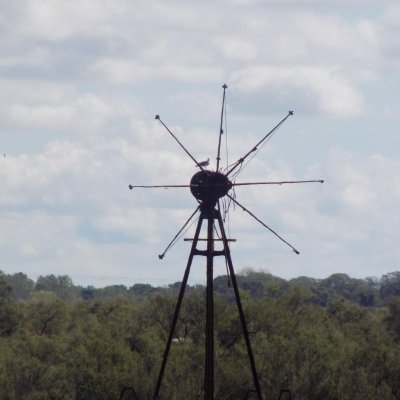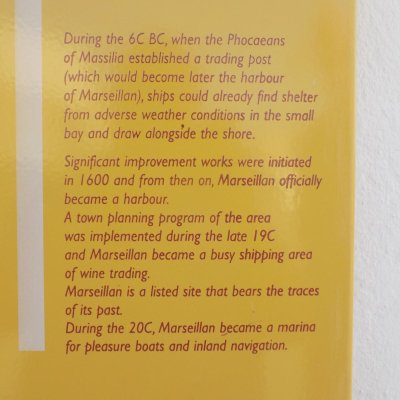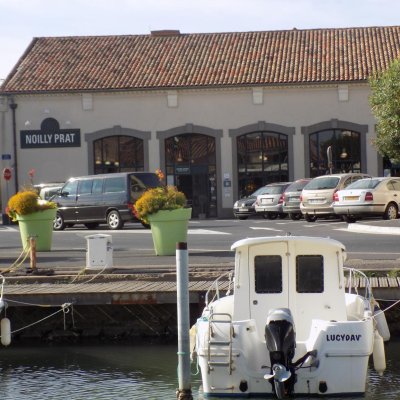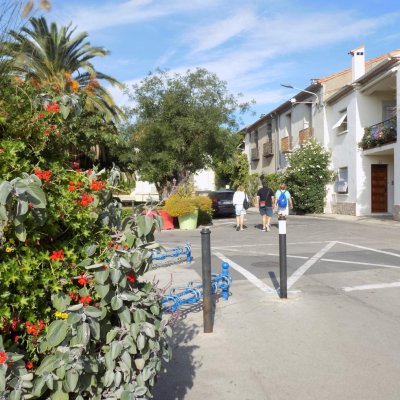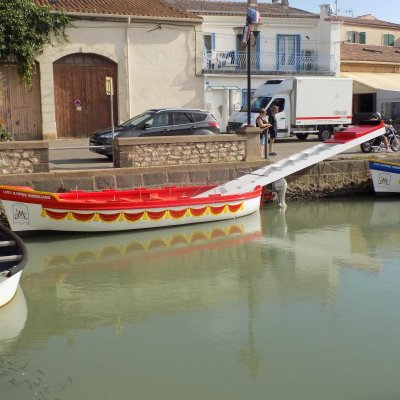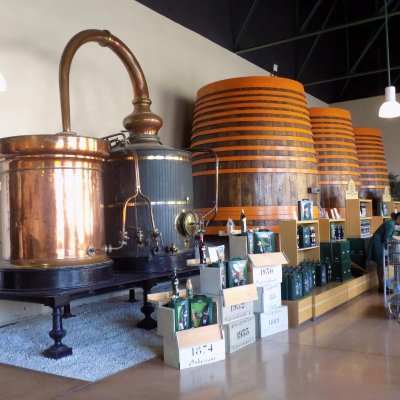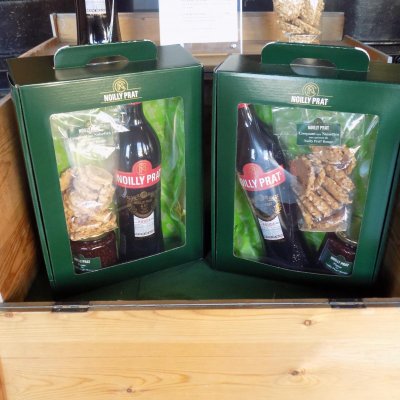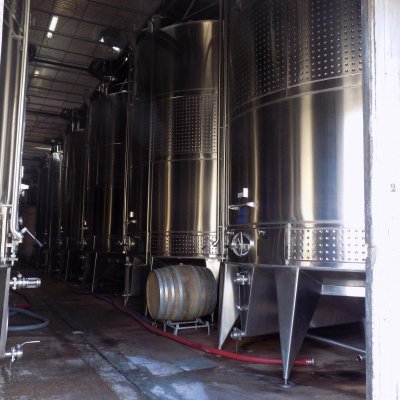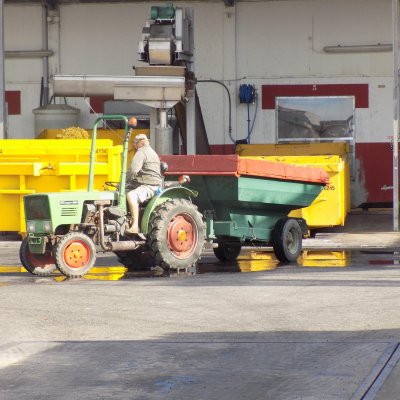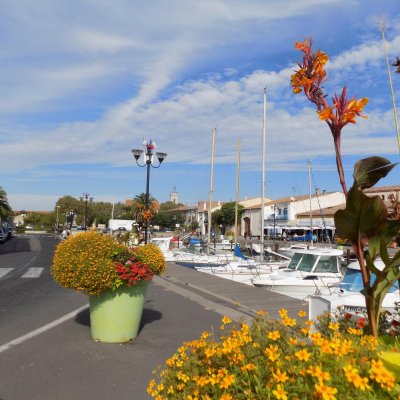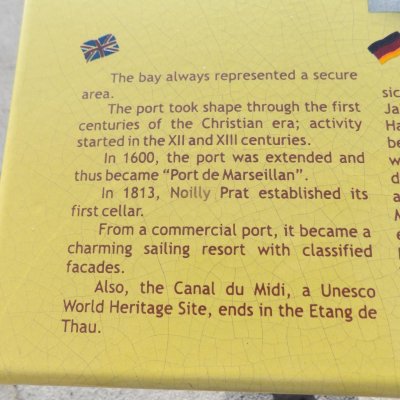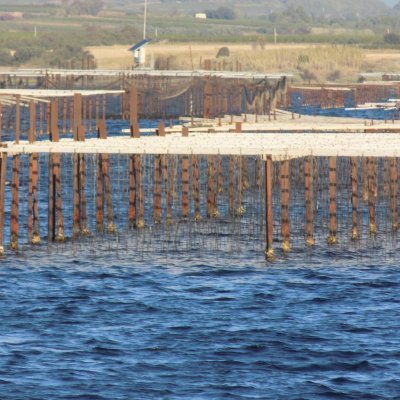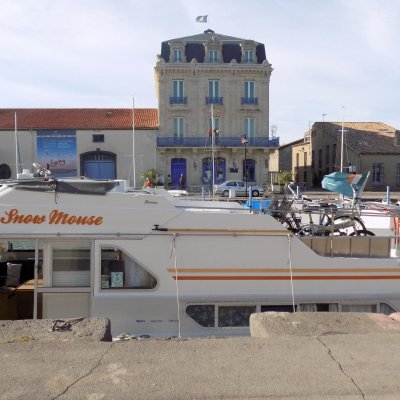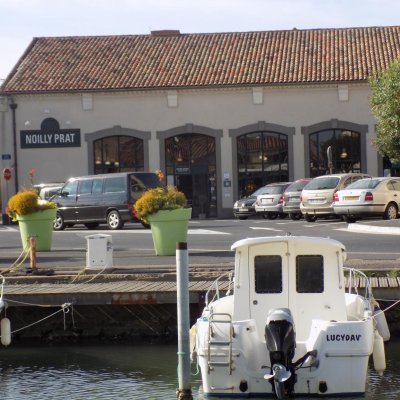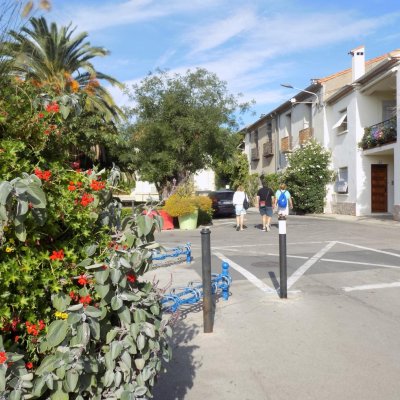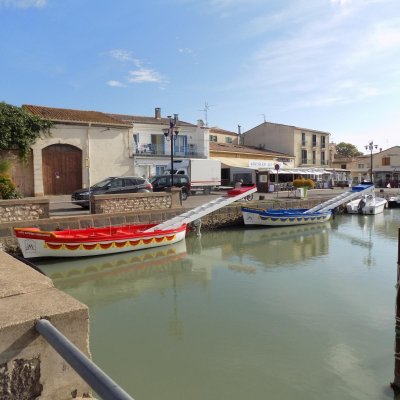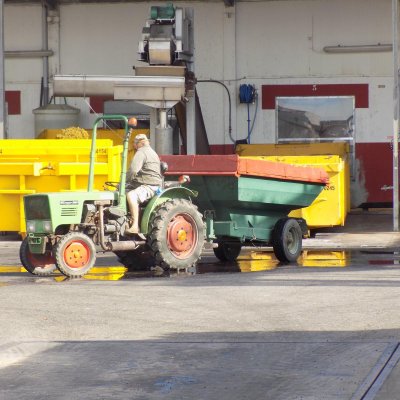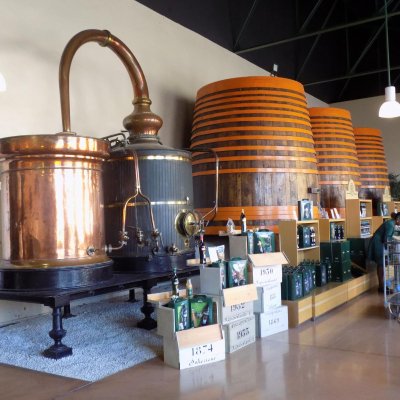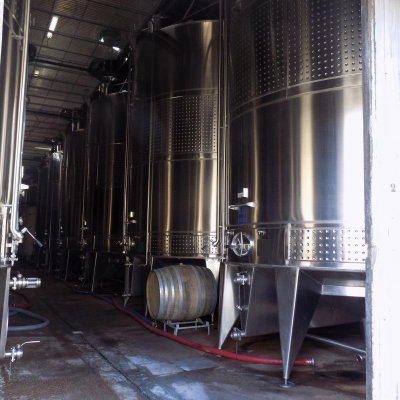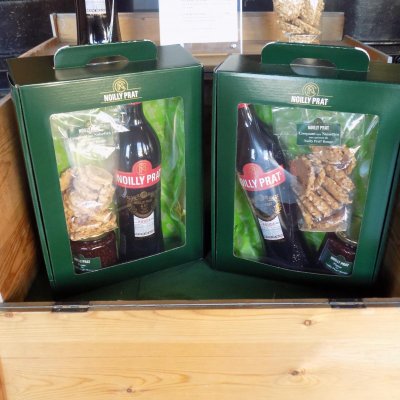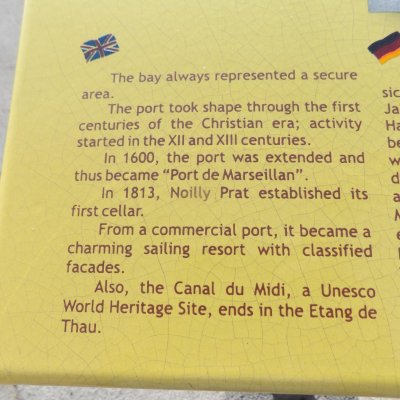Irish Rambler
Guru
- Joined
- Apr 29, 2014
- Messages
- 1,733
- Location
- FRANCE
- Vessel Name
- 'Snow Mouse.'
- Vessel Make
- BROOM FLYBRIDGE 42.
The banks of the Rhone are interspersed with garrique and where the soil can carry them, vines. Some slopes are fully covered in vineyards and have large signs proclaiming the Domaine.
It's not all wine though, if you have a sweet tooth, the town of Montelimar is famous for it's Nougat.
Were really beginning to get the 'Mediterranean' feel now with the honey coloured stone houses, red pantiled roofs, clear blue skies and gentle warm winds.
Some people don't like pictures of locks,, the 23 metre deep one at Bollene was the deepest in the world when it was built, using it takes a mere 15 minutes.
This is the region of the Popes.
Pope Clement the 5th was a Frenchman and refused to go to Rome so the papacy moved to Avignon in 1305.
As the Vatican had the money it bought many premises in the region around Avignon and Jacques Dueze better known as Pope John the 12th, successor to Pope Clement had a fortress built that overlooks Chatenuef du Pape (New chateau of the Pope). Better known in modern times by the wine called Chatenuef du Pape and a beautifully consistent wine it is, perfect when served at 17/18 degrees Celsius with a juicy steak.
After 6 successive French Popes the papacy returned to Rome in 1377.
Whilst the Papacy was in France it was harassed by a brigand named Duguesclin and his mercenaries' who demanded money to leave them in peace, the papacy regularly paid protection money to the mercenaries' who were known a Les Routiers, or the Highwaymen.
Truckers in France today are known as Les Routiers and their rest stops are a great place to eat simple, hearty locally sourced food typical of the region, the dish of the day, 'plat du jour' is very good value for money.
A typical evening meal in one would be a buffet of up to 20 choices of starter (entre), a choice of 3 main dishes (plat du Jour) a choice of 3 desserts, a pichet or two of local wine and followed by an expresso coffee for around 14 Euro's.
Photo's.
1, Fortified church.
2, Vines among the garrique.
3, Domaine advertising.
4,The large office building belongs to the Compagnie Navigation du Rhone.
5, Nuclear power station. plenty of cooling water from the Rhone.
6, more vineyard publicity.
7, Table grapes are covered for protection.
8, Various types of lavender and other plants for oil extract for use in perfumes.
9, A floating disgrace.
10, An English narrow boat looks very out of place in this climate..
It's not all wine though, if you have a sweet tooth, the town of Montelimar is famous for it's Nougat.
Were really beginning to get the 'Mediterranean' feel now with the honey coloured stone houses, red pantiled roofs, clear blue skies and gentle warm winds.
Some people don't like pictures of locks,, the 23 metre deep one at Bollene was the deepest in the world when it was built, using it takes a mere 15 minutes.
This is the region of the Popes.
Pope Clement the 5th was a Frenchman and refused to go to Rome so the papacy moved to Avignon in 1305.
As the Vatican had the money it bought many premises in the region around Avignon and Jacques Dueze better known as Pope John the 12th, successor to Pope Clement had a fortress built that overlooks Chatenuef du Pape (New chateau of the Pope). Better known in modern times by the wine called Chatenuef du Pape and a beautifully consistent wine it is, perfect when served at 17/18 degrees Celsius with a juicy steak.
After 6 successive French Popes the papacy returned to Rome in 1377.
Whilst the Papacy was in France it was harassed by a brigand named Duguesclin and his mercenaries' who demanded money to leave them in peace, the papacy regularly paid protection money to the mercenaries' who were known a Les Routiers, or the Highwaymen.
Truckers in France today are known as Les Routiers and their rest stops are a great place to eat simple, hearty locally sourced food typical of the region, the dish of the day, 'plat du jour' is very good value for money.
A typical evening meal in one would be a buffet of up to 20 choices of starter (entre), a choice of 3 main dishes (plat du Jour) a choice of 3 desserts, a pichet or two of local wine and followed by an expresso coffee for around 14 Euro's.
Photo's.
1, Fortified church.
2, Vines among the garrique.
3, Domaine advertising.
4,The large office building belongs to the Compagnie Navigation du Rhone.
5, Nuclear power station. plenty of cooling water from the Rhone.
6, more vineyard publicity.
7, Table grapes are covered for protection.
8, Various types of lavender and other plants for oil extract for use in perfumes.
9, A floating disgrace.
10, An English narrow boat looks very out of place in this climate..
Attachments
-
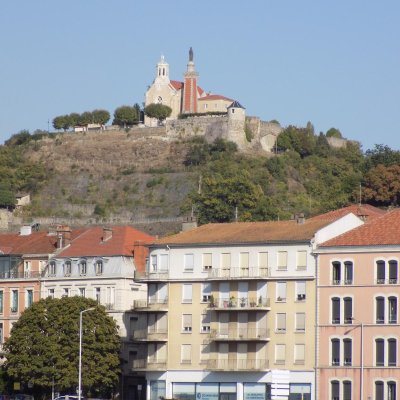 DSCN3637.jpg194.6 KB · Views: 40
DSCN3637.jpg194.6 KB · Views: 40 -
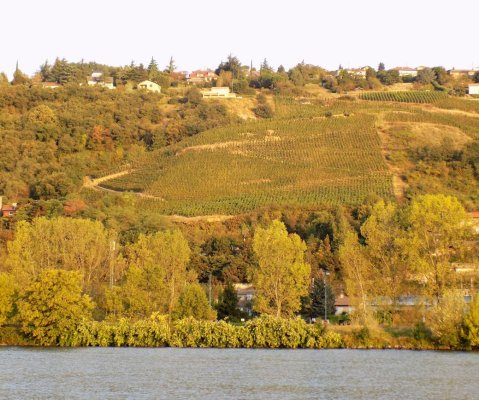 DSCN3641.jpg199.1 KB · Views: 48
DSCN3641.jpg199.1 KB · Views: 48 -
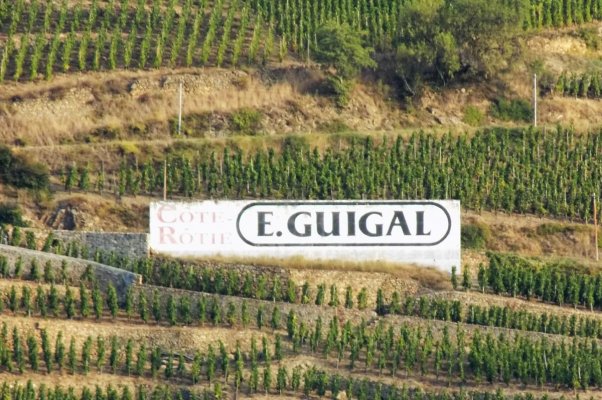 DSCN3647.jpg193 KB · Views: 38
DSCN3647.jpg193 KB · Views: 38 -
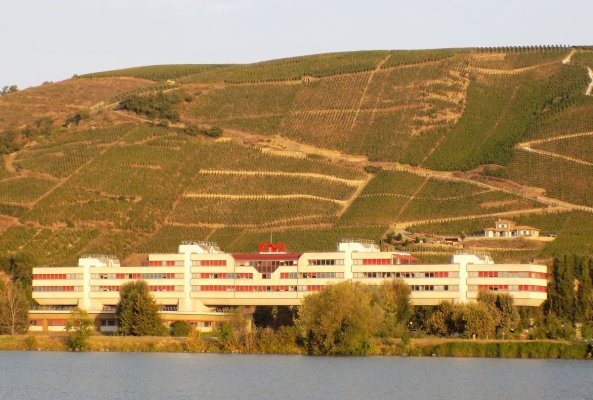 DSCN3643.jpg177.5 KB · Views: 41
DSCN3643.jpg177.5 KB · Views: 41 -
 DSCN3649.jpg112.7 KB · Views: 44
DSCN3649.jpg112.7 KB · Views: 44 -
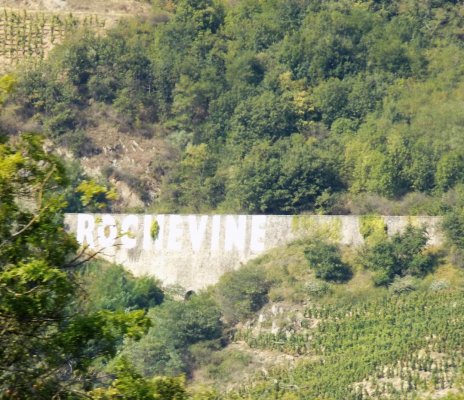 DSCN3652.jpg203.7 KB · Views: 37
DSCN3652.jpg203.7 KB · Views: 37 -
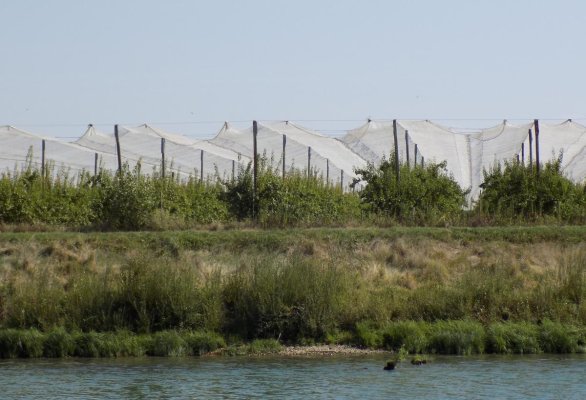 DSCN3658.jpg143.4 KB · Views: 34
DSCN3658.jpg143.4 KB · Views: 34 -
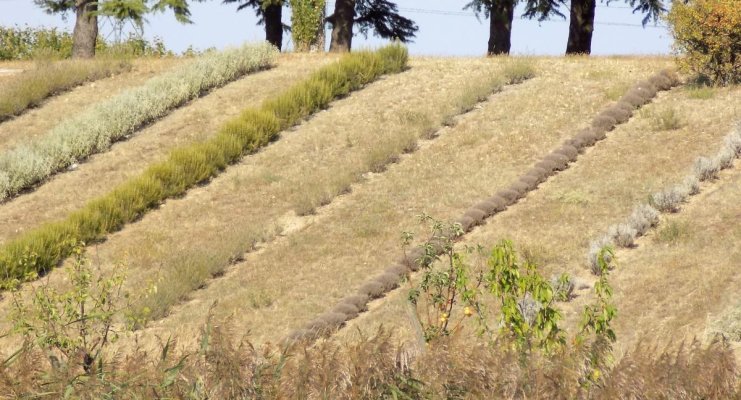 DSCN3665.jpg166.2 KB · Views: 34
DSCN3665.jpg166.2 KB · Views: 34 -
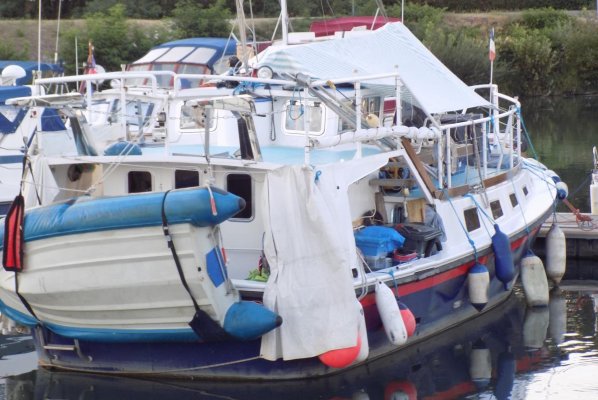 DSCN3674.jpg138.3 KB · Views: 33
DSCN3674.jpg138.3 KB · Views: 33 -
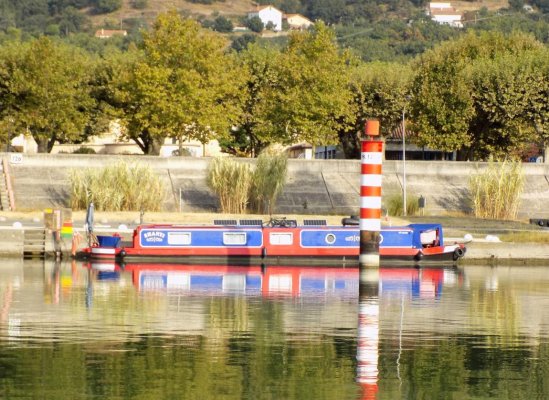 DSCN3683.jpg198.2 KB · Views: 40
DSCN3683.jpg198.2 KB · Views: 40
Last edited:

